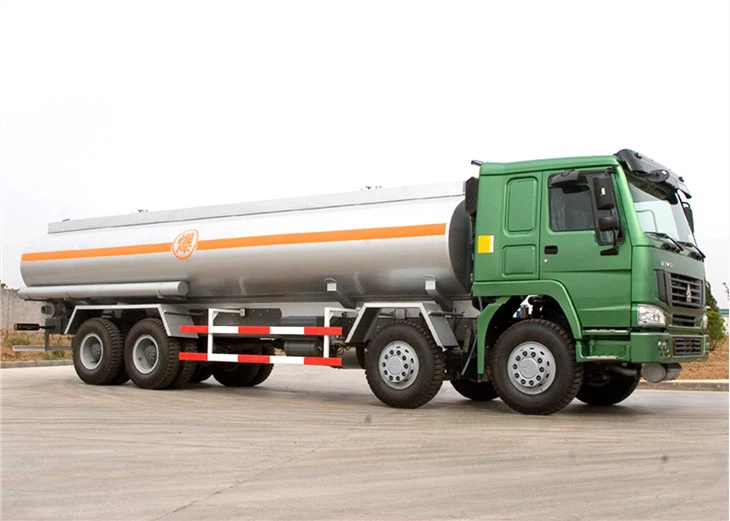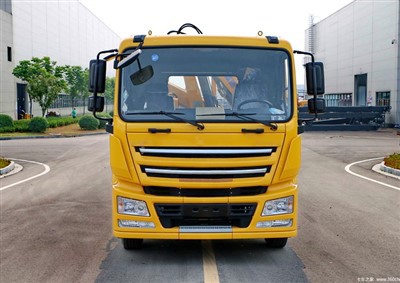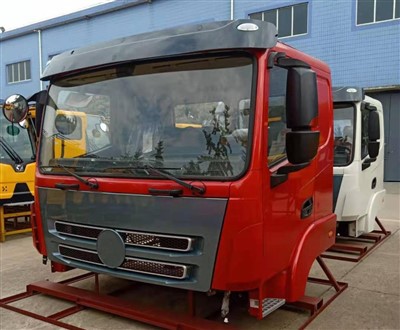Understanding the Peterbilt Chassis: A Comprehensive Guide

When it comes to heavy-duty trucking, few names carry as much weight as Peterbilt. Renowned for their quality and durability, Peterbilt trucks are the backbone of many transportation fleets across the United States and beyond. At the heart of these professional vehicles is the Peterbilt chassis, crafted to provide both reliability and performance. In this extensive guide, we will delve into the specifics of the Peterbilt chassis, explore its various components, and discuss their importance in the trucking industry.
Table of Contents

- Introduction
- What is a Chassis?
- Overview of the Peterbilt Chassis
- Key Components of a Peterbilt Chassis
- Performance and Compatibility
- Maintenance Tips for Peterbilt Chassis
- Current Trends in Chassis Design
- Cost and Value of Peterbilt Chassis
- Customer Experiences with Peterbilt Chassis
- Frequently Asked Questions
What is a Chassis?
A chassis is the framework of a vehicle that supports the body and provides the essential structure for all components dependent on it. In trucks, this includes the engine, transmission, axles, driveline, and suspension systems. Well-designed chassis ensure that the vehicle operates efficiently and meets various payload requirements.
Overview of the Peterbilt Chassis
The Peterbilt chassis stands out due to its engineering excellence and quality craftsmanship. With a variety of configurations and sizes, Peterbilt offers something for every professional need, whether for long-haul trucks, vocational vehicles, or specialty applications. Its design allows for a combination of strength, durability, and flexibility to handle various loads and driving conditions.
Major Models of Peterbilt Chassis
| Model | Weight Class | Popular Use |
|---|---|---|
| 579 | Class 8 | Long-haul |
| 388 | Class 8 | Construction, Dump Trucks |
| 567 | Class 8 | Vocational, Logging |
| 520 | Class 8 | Heavy-duty Vocational |
Key Components of a Peterbilt Chassis
The Peterbilt chassis comprises several key components that work together to deliver outstanding performance. Understanding these parts provides insight into why these trucks are so reliable.
1. Frame
The frame is the foundation of the chassis, constructed using high-strength steel, ensuring durability and load-bearing capabilities. A well-designed frame contributes to the overall stability of the truck.
2. Suspension System
Peterbilt’s chassis features an advanced suspension system, which minimizes road shocks and enhances ride comfort. Different configurations are available depending on the purpose of the vehicle.
3. Axles

The axles are crucial for wheel movement and load distribution. Peterbilt offers various axle options to suit different load requirements and terrains.
4. Driveline
The driveline transmits power from the engine to the wheels. Peterbilt’s driveline components are engineered for efficiency and durability to handle heavy loads.
5. Wheels and Tires
The choice of wheels and tires impacts both safety and performance. Peterbilt provides various options tailored to specific applications, ensuring optimal grip and wear resistance.
Performance and Compatibility
One of the hallmarks of the Peterbilt chassis is its performance. Designed to handle high payloads and demanding conditions, these chassis are equipped with technologies that enhance fuel efficiency and reduce emissions.
Engine Options
Peterbilt offers several engine configurations, including Cummins and PACCAR engines, which are engineered for power and efficiency.
Transmission Systems
A variety of automatic and manual transmission options are available, allowing truck owners to choose configurations that align with their driving style and operational requirements.
Compatible Accessories
The Peterbilt chassis is designed to accommodate various aftermarket accessories, such as additional storage compartments, specialized equipment for vocational applications, and advanced driver assistance systems (ADAS).
Maintenance Tips for Peterbilt Chassis
Proper maintenance is essential for extending the life of a Peterbilt chassis. Here are some practical tips to keep your truck in optimal condition.
1. Regular Inspections
Routine inspections of the chassis components—especially the frame, suspension, and brakes—can prevent major issues from developing.
2. Lubrication
Ensure all moving parts are properly lubricated to reduce wear and tear. This includes joints, linkages, and drive components.
3. Tire Maintenance
Regularly check tire pressure and tread depth. Uneven tire wear may point to alignment issues or suspension misalignments.
4. Engine Care
Stay on top of engine maintenance, including oil changes, filter replacements, and checking coolant levels to avoid overheating.
Current Trends in Chassis Design
The trucking industry continually evolves, and chassis design is at the forefront of these changes. Some current trends include:
1. Electric and Hybrid Options
As the industry moves toward sustainability, Peterbilt is developing electric and hybrid chassis options to minimize emissions and enhance fuel efficiency.
2. Advanced Technologies
Incorporating smart technologies such as telematics and integrated safety features is becoming standard in new models, allowing for better fleet management and safety.
3. Modular Designs
Modular chassis designs are gaining popularity, allowing for quick and easy customization based on specific operational needs.

Cost and Value of Peterbilt Chassis
Investing in a Peterbilt chassis is a significant financial commitment, but the value it provides can justify the expense.
Initial Cost
Initial costs can vary based on the model, configuration, and customizations. Here’s a rough estimate based on model:
| Model | Base Price (Approx.) |
|---|---|
| 579 | $140,000 |
| 567 | $150,000 |
| 520 | $160,000 |
Long-Term Value
Peterbilt trucks are recognized for their resale value and longevity, often outlasting competitors when properly maintained, which can lead to overall cost savings in the long run.
Customer Experiences with Peterbilt Chassis
Customer feedback often highlights the robust design and reliability of Peterbilt chassis. Here are some common themes from user experiences:
1. Reliability
Many drivers appreciate the dependability of their Peterbilt chassis, experiencing fewer breakdowns compared to other brands.
2. Comfort
The comfort of driving a Peterbilt chassis, especially over long distances, is a recurring positive theme among truck drivers.
3. Support Services
Customers frequently mention the quality of Peterbilt’s customer support, making it easier to access parts and services when needed.
Frequently Asked Questions
1. What is the average lifespan of a Peterbilt chassis?
With regular maintenance, a Peterbilt chassis can last 10-15 years or more, depending on usage and conditions.
2. Are Peterbilt chassis customizable?
Yes, Peterbilt chassis can be customized with various options to meet specific operational needs, including different body configurations.
3. How fuel-efficient are Peterbilt trucks?
Fuel efficiency varies by model and engine type, but Peterbilt trucks are known for being among the more fuel-efficient options in their class.
4. Where can I find parts for my Peterbilt chassis?
Parts can be ordered directly from Peterbilt dealerships or authorized distributors, as well as various online platforms.
5. What maintenance schedules should I follow?
It’s essential to refer to the owner’s manual for specific maintenance schedules, but regular inspections every 20,000 miles is a good practice.
6. Are there financing options for purchasing a Peterbilt chassis?
Yes, many dealerships offer financing options, and various lenders specialize in commercial vehicle financing.
